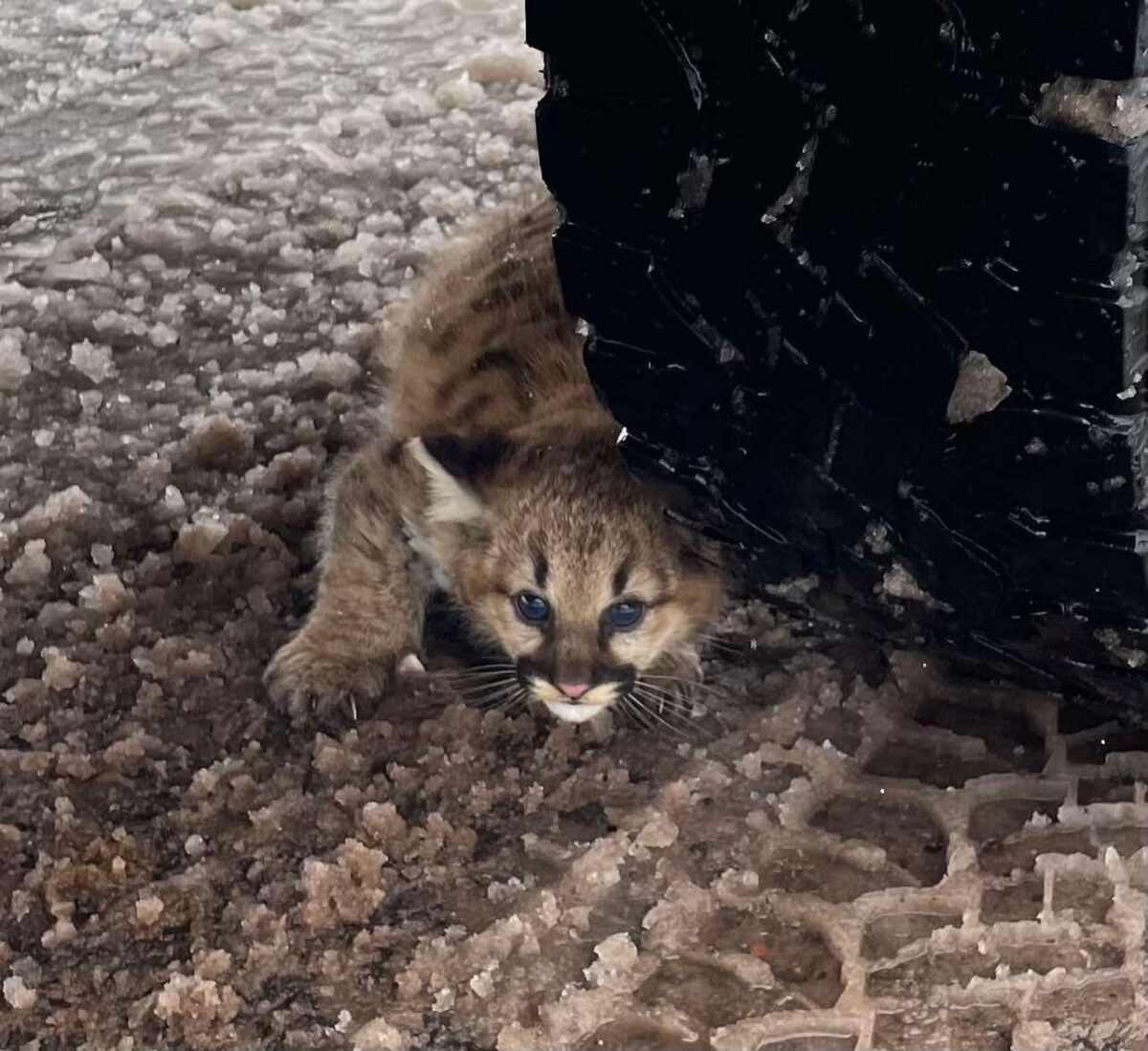DISAPPEARANCE: Wildlife experts studying the boy’s remains say scavenging animals made the marks.
By Richard Brooks / The Press-Enterprise
SAN BERNARDINO – A forensic examination of a 9-year-old boy’s skeletal remains showed no evidence that a mountain lion or other wild animal killed the youngster, three California Department of Fish and Game experts said Friday.
“I didn’t see anything that implicated a mountain lion,” said Douglas Updike, the same expert who had raised the notion of a lion attack at a Thursday news conference about the remains of David Gonzalez.
Updike said he changed his mind after observing Friday’s detailed medical examination of the remains, which was performed at the San Bernardino County coroner’s office. Two other Fish and Game Department forensic experts said they noticed evidence of animal scavenging that occurred after the boy’s death but no signs that animals caused the death.
Officials of the recently combined sheriff’s and coroner’s offices remained mum on the subject.
“No preliminary information will be disseminated prior to the release of the (official) autopsy protocol, which they’re saying will probably take weeks,” said sheriff’s spokeswoman Robin Haynal.
But, she said, searchers plan to comb the area again June 10 through 12 to look for additional remains, clothing and other clues.
Scanty Evidence
Portions of the Lake Elsinore boy’s skull and skeleton were found Sunday and Monday almost a mile from the Big Bear campsite where he disappeared during a family outing 10 months ago.
If the boy was not killed by a mountain lion or other animal, at least the two other likely possibilities that sheriff’s officials have mentioned and investigated remain: an abduction-homicide, or young David became lost and died of exposure or injury even as an army of searchers looked for him.
David disappeared from the Hanna Flat Campground on July 31 after he asked his mother for the keys to the truck so he could retrieve some cookies. He apparently never reached the truck because investigators found the cookies still inside it and the keys remain missing.
The nine-day search for the boy involved as many as 200 people and ended without a trace.
The recovered remains comprise about 25 percent of the boy’s skeleton.
A lion attack was suspected because a mountain lion was seen in the area about the time the boy disappeared.
“Hounds were able to track lion scent through the camp … and there could have been anywhere from two to five (lions) in a region like that,” Updike said.
But after viewing the skeletal remains, Updike said he was ready to abandon the theory.
“I didn’t see any evidence today that amounts to a smoking tooth hole,” he said. “The animal typically jumps on the prey’s back and holds on (with its claws) while biting at the base of the skull. These are full-strength bites that typically leave marks or punctures through the skull or crush part of the vertebrae.”
The boy’s bones showed some less extensive bite marks, he said, that appear to have occurred during scavenging, possibly by a coyote.
“Coyotes will hunt in packs, and multiple (coyotes) certainly could … take down a child,” Updike acknowledged. “But they don’t have a behavior of covering their prey. If it had been a coyote (that killed the boy), I think that the searchers would have found the body.”
Forensic Opinions
Jim Banks and Jeff Rodzen have investigated about 11 attacks by mountain lions in California, one in Colorado and three in Canada during the past dozen years.
Both men are forensic experts with the California Department of Fish and Game, and both attended Friday’s autopsy.
Most informative, they agreed, was the condition of the broken skull and a section of the upper backbone.
“In most lion attacks that we’ve seen, there would have been punctures or crushing,” Banks said. “And that is not the case here.”
Instead, he said, the broken skull had four puncture wounds, all made from the inside out, which is evidence that the bites were inflicted after death.
So the only wounds on the remains, the men say, were made by animals that scavenged rather than killed.
“It may have been from a very young mountain lion,” Banks said of one set of punctures. The other set he attributed to a coyote.
The only additional signs of animal activity, said Banks, were scratches on an arm bone that appear to have been caused by rodents.
So far, the men say, the evidence is far too sketchy to say what killed the boy. Perhaps the best chance of solving the mystery, they said, will come when the Sheriff’s Department launches the next search effort, tentatively set for next weekend.
“If they can find some clothing that belonged to the young boy, maybe we can find some hair on the clothing that shows a wild animal attacked the boy,” Banks said. “But at this point, we have found nothing to indicate that it was a wild animal.”
Reach Richard Brooks at (909) 806-3057 or rbrooks@pe.com



 Facebook
Facebook Twitter
Twitter Send Email
Send Email


